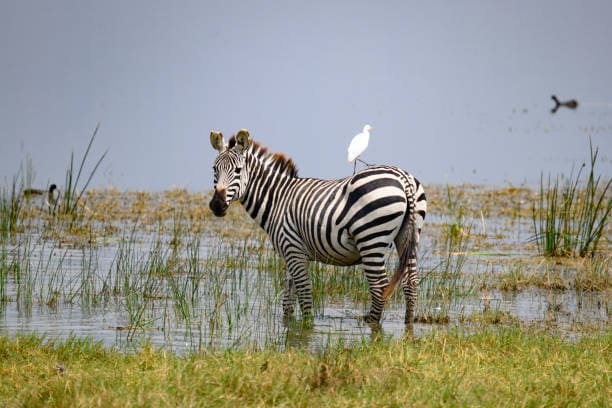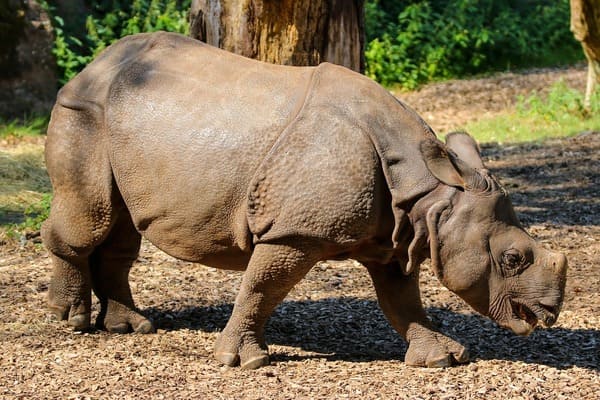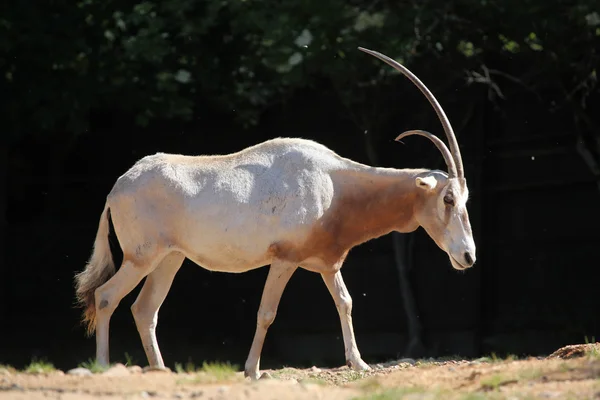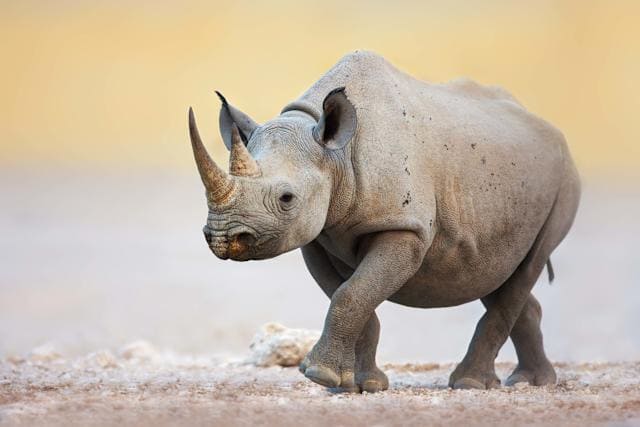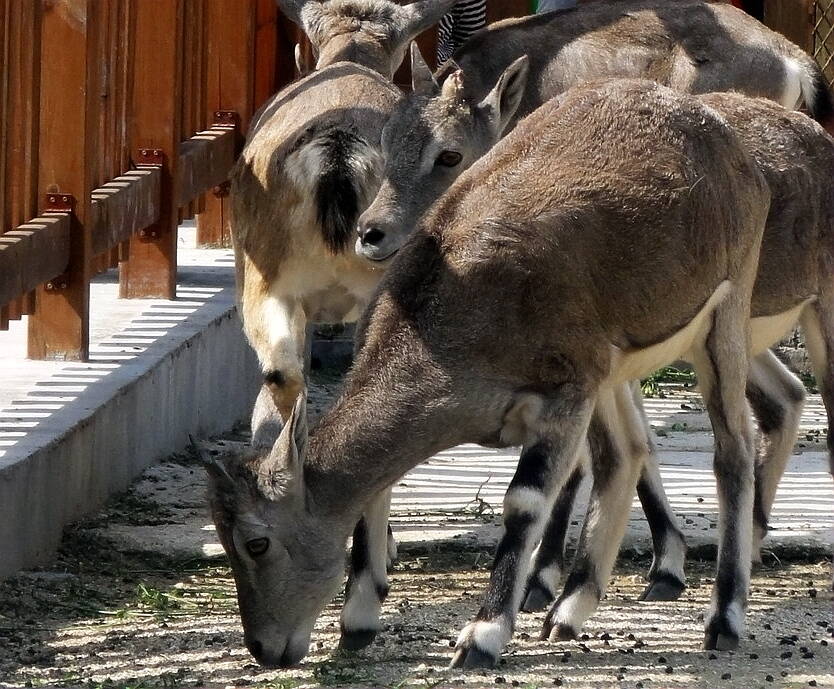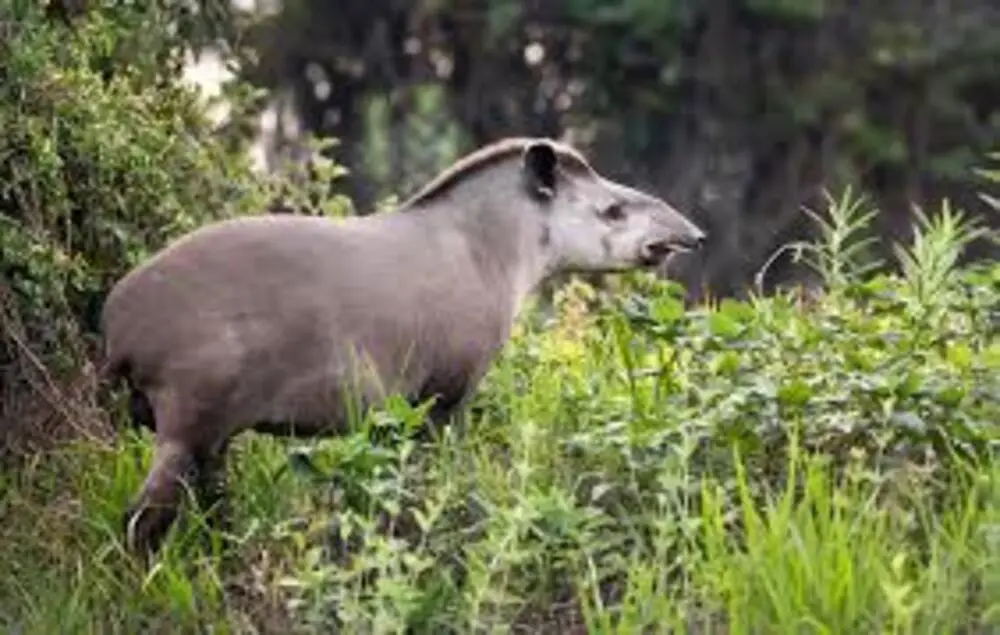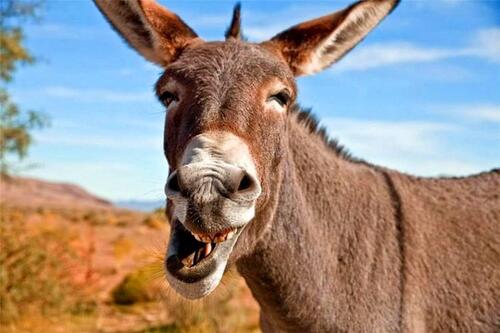Pudu mephistophiles
IUCN
LCBasic Information
Scientific classification
- name:Pudu mephistophiles
- Scientific Name:Pudu mephistophiles,De Winton
- Outline:Ungulata
- Family:Artiodactyla Cervidae Purdue
Vital signs
- length:60-80cm
- Weight:8-10kg
- lifetime:cPudu mephistophiles) Foreign name De Winton
Feature
Antlers are short and have only a simple trunk
Distribution and Habitat
The northern pudu is found in parts of the Andes Mountains, namely Colombia, Ecuador and Peru.
Appearance
The northern pudu is small, stocky and silent. It has a small round body, delicate limbs and short antlers with a simple stem. Its fur is dark brown and thick, providing protection when walking through the jungle. It has small round ears and a short tail. The northern pudu is 60-80 cm long, up to 35 cm tall at the shoulder, with a 2-3 cm long tail and weighs 8-10 kg.
Details
Pudu mephistophiles (De Winton) is also known as the northern Pudu deer.
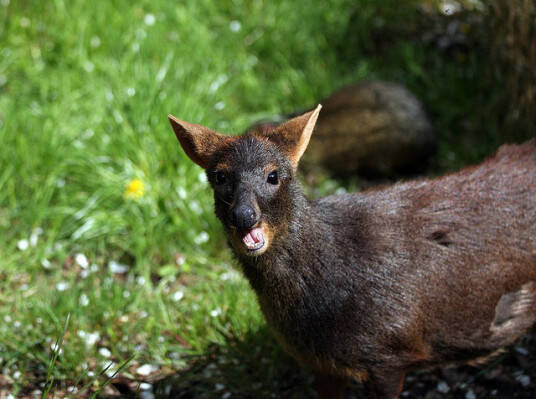
Pudu mephistophiles mainly eat understory plants in moist forests, including ferns and leaves. Because their food is full of water, they rarely drink water. They defecate in the same place, forming a pile of dung, which may be used to mark territory.
The northern pudu deer is vulnerable, mainly due to habitat loss, predation and competition with invasive European deer species.
Listed in the 2018 ver 3.1 of the World Conservation Union Red List of Threatened Species (IUCN) - Endangered (DD).
Listed in Appendix I, II and III of the Convention on International Trade in Endangered Species of Wild Fauna and Flora (CITES) 2019 version Appendix II.
Protect wild animals and stop eating game.
Maintaining ecological balance is everyone's responsibility!

